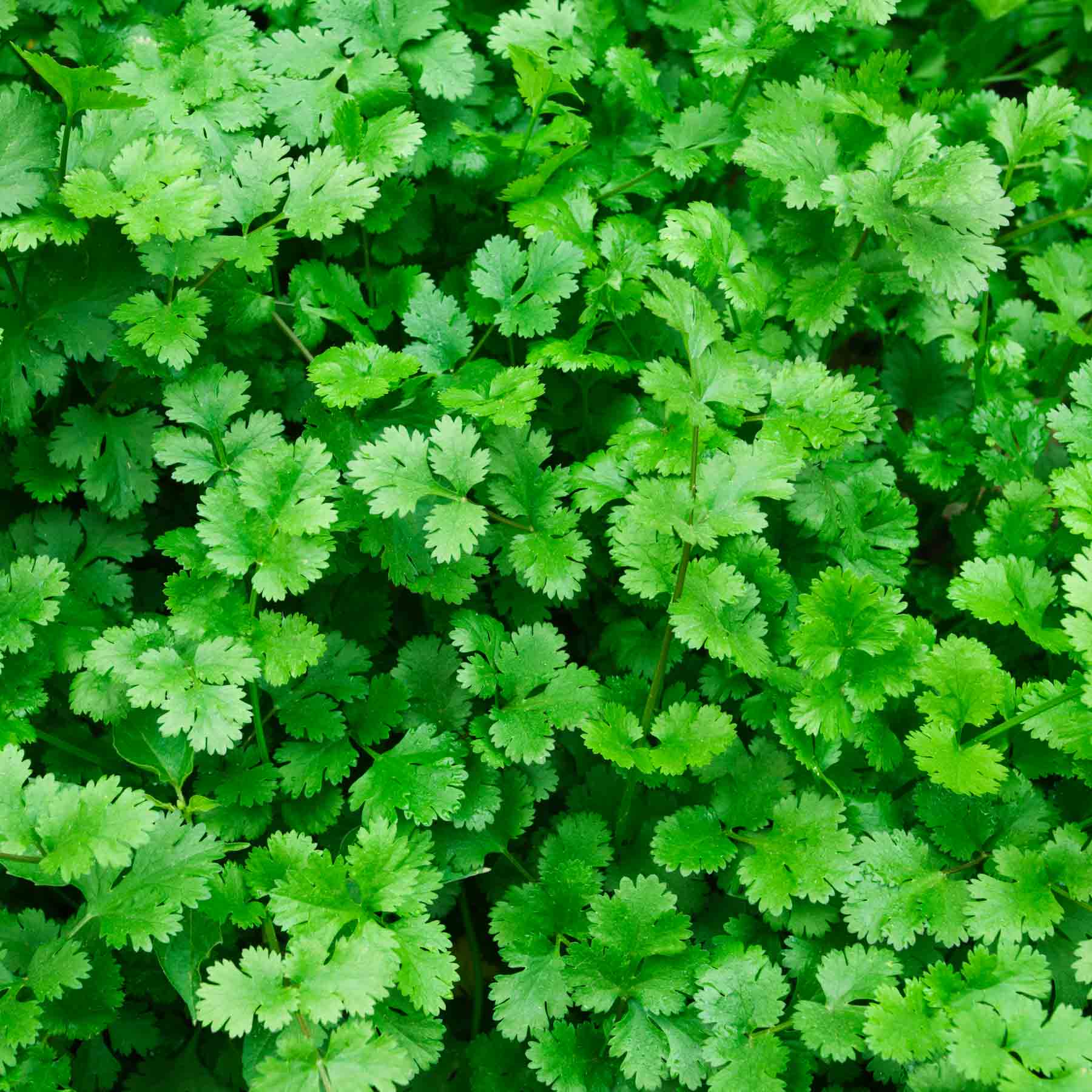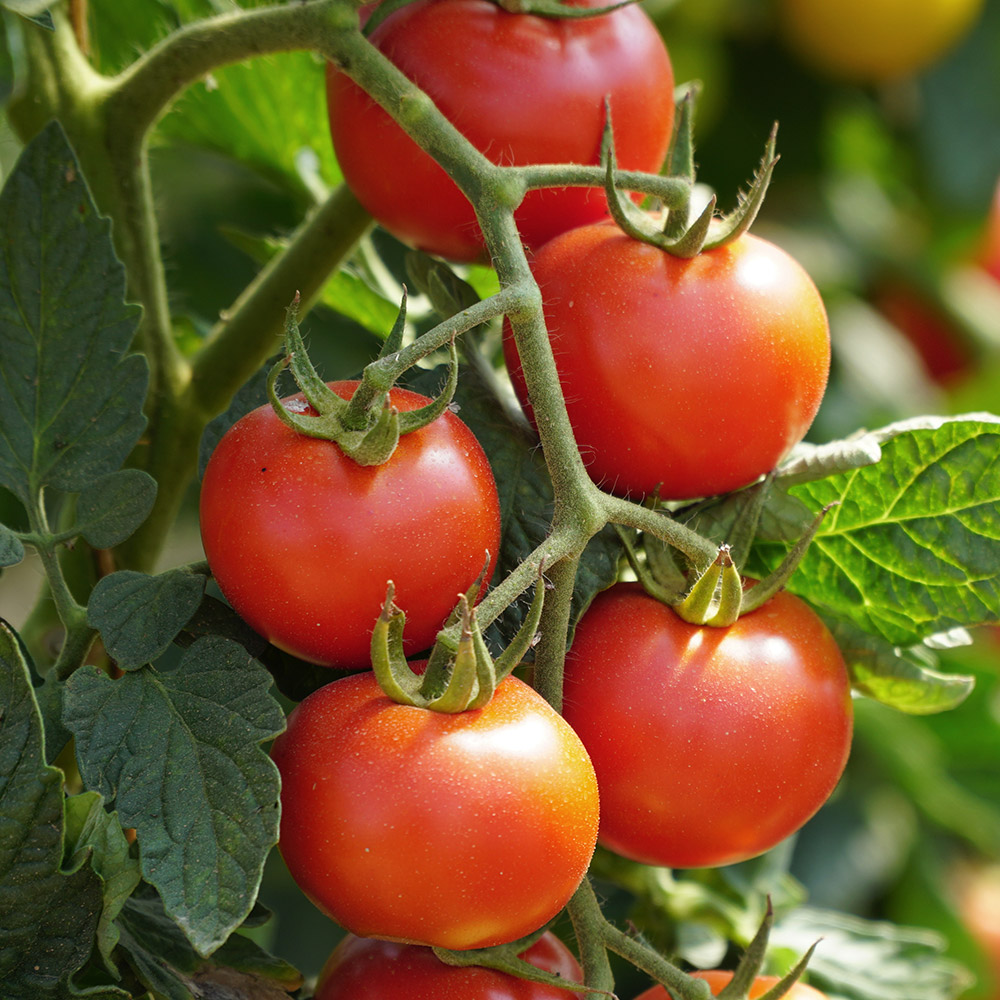Best Companion Plants For Turmeric
Best Companion Plants for Turmeric
Turmeric is a versatile and flavorful spice that has been used for centuries in traditional medicine and cooking. It is also a relatively easy plant to grow in the garden. However, like all plants, turmeric can benefit from having the right companion plants nearby.
In this blog post, we will discuss the best companion plants for turmeric. We will also cover some of the benefits of companion planting and how to choose the right plants for your garden.
What is Companion Planting?
Companion planting is the practice of planting certain plants together in order to improve their growth and health. Companion plants can help to deter pests, attract beneficial insects, and improve the overall soil health of your garden.
There are many different principles of companion planting, but some of the most common include:
- Attracting beneficial insects: Some plants, such as marigolds and nasturtiums, attract beneficial insects such as ladybugs and lacewings. These insects help to control pests that can damage your turmeric plants.
- Detracting pests: Other plants, such as garlic and chives, have strong scents that can deter pests such as mosquitoes, aphids, and rabbits.
- Improving soil health: Some plants, such as legumes, fix nitrogen in the soil. This nitrogen can then be used by other plants in the garden, including turmeric.
Benefits of Companion Planting
There are many benefits to companion planting, including:
- Reduced pest and disease problems: Companion plants can help to attract beneficial insects and deter pests, which can lead to a healthier garden.
- Increased yields: Companion plants can help to improve the overall health and growth of your plants, which can lead to increased yields.
- Improved soil health: Companion plants can help to improve the soil structure and fertility, which can benefit all of the plants in your garden.
- Reduced need for herbicides and pesticides: Companion planting can help to reduce the need for herbicides and pesticides, which can save you money and be better for the environment.
How to Choose Companion Plants for Turmeric
When choosing companion plants for turmeric, there are a few things to keep in mind:
- Similar growing conditions: Turmeric prefers full sun and well-drained soil. Choose companion plants that have similar growing conditions.
- Different nutrient needs: Turmeric is a heavy feeder. Choose companion plants that have different nutrient needs, so that they do not compete for nutrients.
- Attract beneficial insects: Choose companion plants that attract beneficial insects, such as ladybugs and lacewings. These insects can help to control pests that can damage your turmeric plants.
- Detract pests: Choose companion plants that have strong scents that can deter pests, such as mosquitoes, aphids, and rabbits.
Some of the Best Companion Plants for Turmeric
Some of the best companion plants for turmeric include:
- Beans: Beans are legumes that fix nitrogen in the soil. This nitrogen can then be used by turmeric plants.
- Cilantro: Cilantro helps to repel pests such as aphids and mosquitoes.
- Garlic: Garlic has a strong scent that can deter pests such as deer and rabbits.
- Ginger: Ginger is a related plant to turmeric and has similar growing needs.
- Lettuce: Lettuce helps to suppress weeds and improve the overall soil health of your garden.
- Marigolds: Marigolds attract beneficial insects such as ladybugs and lacewings.
- Peas: Peas are legumes that fix nitrogen in the soil. This nitrogen can then be used by turmeric plants.
- Spinach: Spinach helps to suppress weeds and improve the overall soil health of your garden.
- Sweet potatoes: Sweet potatoes help to suppress weeds and improve the overall soil health of your garden.
Conclusion
By choosing the right companion plants for your turmeric, you can help to improve its growth, health, and yields. Companion planting can also help to reduce your need for herbicides and pesticides, which can save you money and be better for the environment.
If you are new to companion planting, start by choosing a few of the plants listed above and plant them near your turmeric plants. You will be surprised at how much of a difference it can make!
Turmeric is a versatile and delicious spice that can be used in a variety of dishes. But did you know that it can also be grown in your own garden? If you're thinking about planting turmeric, you'll want to choose the right companion plants. Some good options include:
- Legumes: Legumes, such as beans and peas, are nitrogen-fixing plants. This means that they can add nitrogen to the soil, which is beneficial for turmeric.
- Aromatic herbs: Aromatic herbs, such as cilantro and mint, can help to repel pests and attract beneficial insects.
- Low-growing plants: Low-growing plants, such as lettuce and spinach, can help to shade the roots of turmeric and prevent them from drying out.
For more information about turmeric companion plants, visit Gardenia Inspiration.
FAQ of turmeric companion plants
- What are companion plants?
Companion plants are plants that are grown together in order to benefit each other. Some companion plants attract beneficial insects, while others help to deter pests. Some companion plants also improve the soil quality or help to shade each other from the sun.
- What are good companion plants for turmeric?
Some good companion plants for turmeric include:
- Basil: Basil attracts beneficial insects that help to control pests. It also helps to repel mosquitoes.
- Cilantro: Cilantro helps to repel aphids and other pests. It also improves the flavor of turmeric.

- Marigolds: Marigolds help to repel nematodes, which are harmful pests to turmeric. They also attract beneficial insects.

- Onions: Onions help to repel root-knot nematodes, which are harmful pests to turmeric. They also improve the flavor of turmeric.
- Peas: Peas help to fix nitrogen in the soil, which benefits turmeric. They also help to shade the turmeric from the sun.
- What are bad companion plants for turmeric?
Some bad companion plants for turmeric include:
- Potatoes: Potatoes and turmeric are both susceptible to the same pests and diseases. Planting them together can increase the risk of infection.

- Spinach: Spinach can compete with turmeric for nutrients. It is best to avoid planting them together.

- Tomatoes: Tomatoes and turmeric are both susceptible to the same pests and diseases. Planting them together can increase the risk of infection.

- How far apart should turmeric plants be planted?
Turmeric plants should be planted about 12 inches apart. This will give them enough space to grow and spread their roots.
- How much sunlight do turmeric plants need?
Turmeric plants need full sun in order to thrive. They should be planted in a spot that receives at least 6 hours of sunlight per day.
Image of turmeric companion plants
- Beans: Beans are a good companion plant for turmeric because they help to fix nitrogen in the soil. This means that they convert atmospheric nitrogen into a form that plants can use, which can benefit the turmeric plant.

- Cilantro: Cilantro is another good companion plant for turmeric because it helps to repel pests. It also has a similar growing requirement as turmeric, so they can be planted together without competing for resources.

- Ginger: Ginger is a close relative of turmeric, and they can be planted together in the same garden. Ginger helps to repel pests and improve the flavor of turmeric.

- Peas: Peas are another nitrogen-fixing plant that can benefit turmeric. They also help to suppress weeds, which can free up the turmeric plant to focus on growing.

- Marigolds: Marigolds are not technically companion plants for turmeric, but they can be planted nearby to help deter pests. Marigolds release a scent that some pests find unpleasant, which can help to keep them away from your turmeric plants.

Post a Comment for " Best Companion Plants For Turmeric"